The Best Hydrangeas Of :
Hydrangeas are some of the most popular flowering shrubs in the world. They are known for their large, showy blooms that come in a variety of colors, including blue, pink, white, and purple. Hydrangeas are relatively easy to care for and can be grown in a variety of climates.
If you are looking for the best hydrangeas for your garden, there are a few things you need to consider. First, think about the amount of sunlight your garden receives. Hydrangeas can be found in a variety of sun and shade tolerances, so it is important to choose a variety that will thrive in your specific growing conditions.
Second, consider the size of your garden. Hydrangeas can range in size from small shrubs to large trees. If you have a small garden, you will want to choose a dwarf variety. If you have a larger garden, you can choose a larger variety.
Finally, think about the color of hydrangeas you want. Hydrangeas can be found in a variety of colors, so you can choose the perfect color to complement your garden.
Here are some of the best hydrangeas for different growing conditions:
- For full sun: Hydrangea paniculata varieties such as 'Limelight' and 'Grandiflora' are a good choice for full sun. These hydrangeas produce large, cone-shaped blooms that can reach up to 12 inches in diameter.
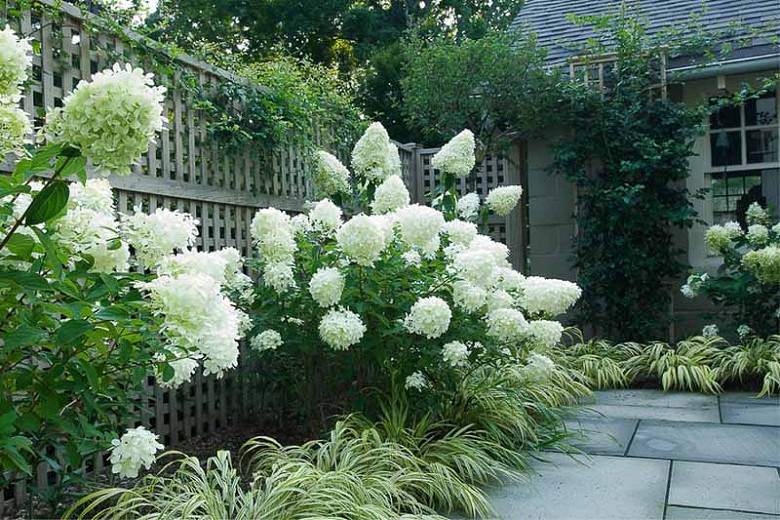
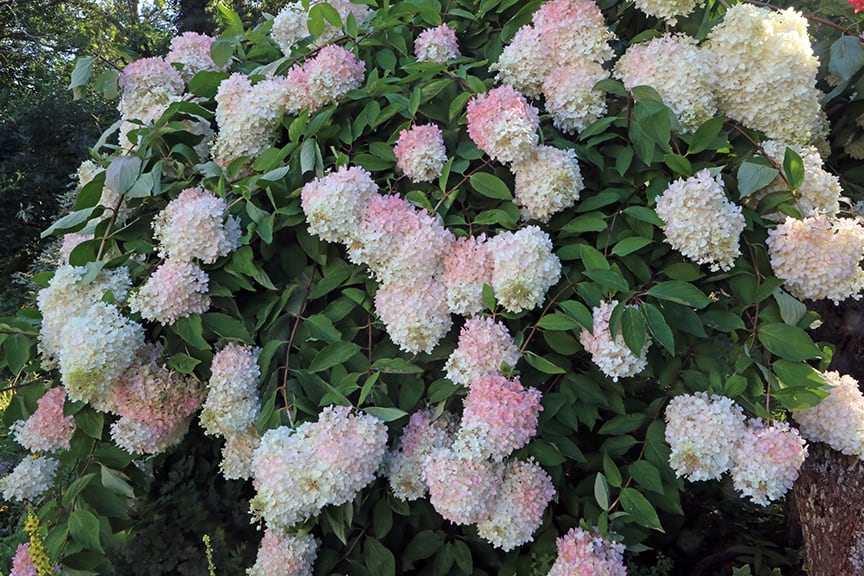
- For part shade: Hydrangea macrophylla varieties such as 'Endless Summer' and 'Blushing Bride' are a good choice for part shade. These hydrangeas produce large, mophead blooms that can reach up to 10 inches in diameter.
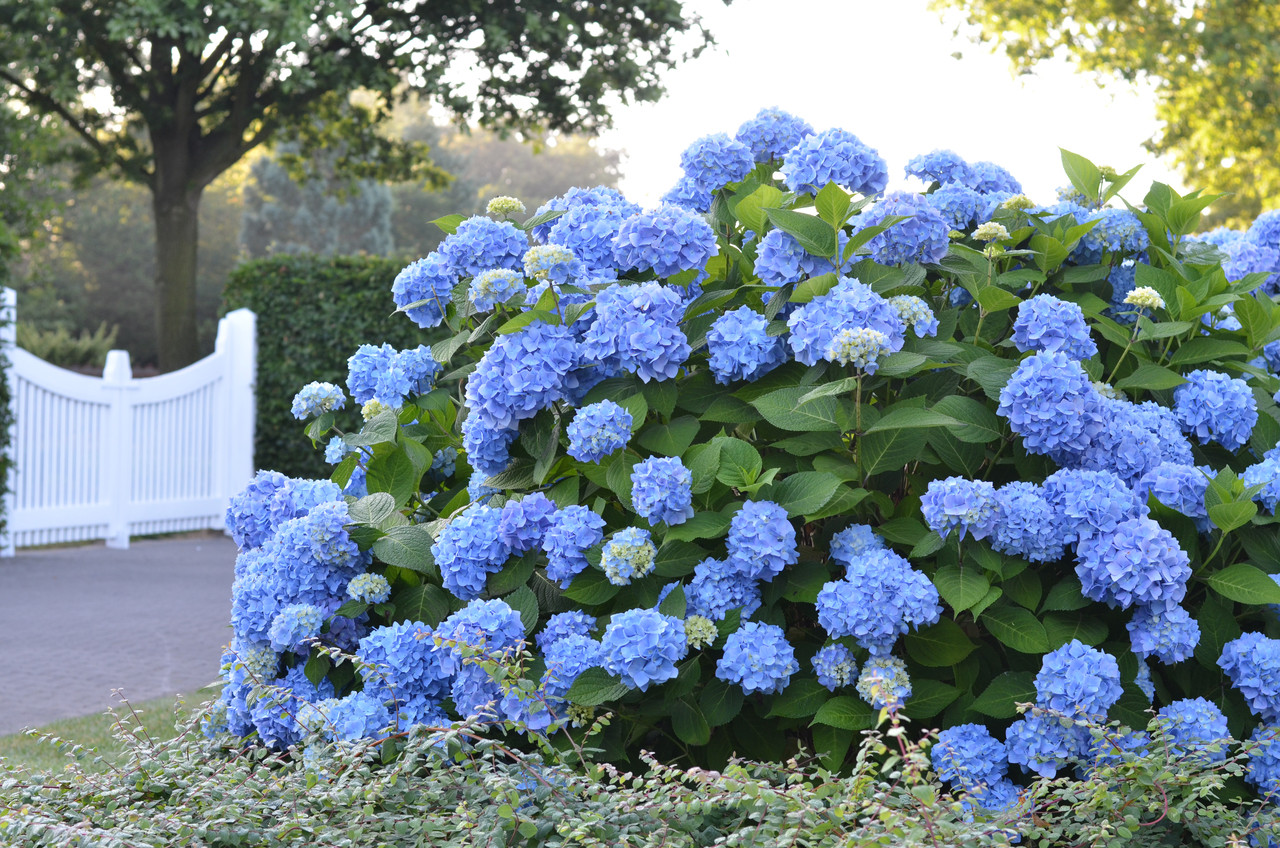
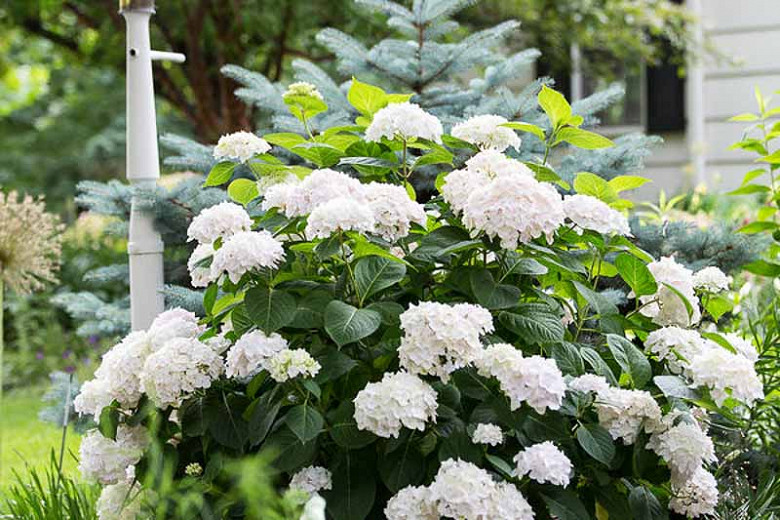
- For shade: Hydrangea quercifolia varieties such as 'Oakleaf' and 'Gatsby Star' are a good choice for shade. These hydrangeas produce large, lacecap blooms that can reach up to 12 inches in diameter.
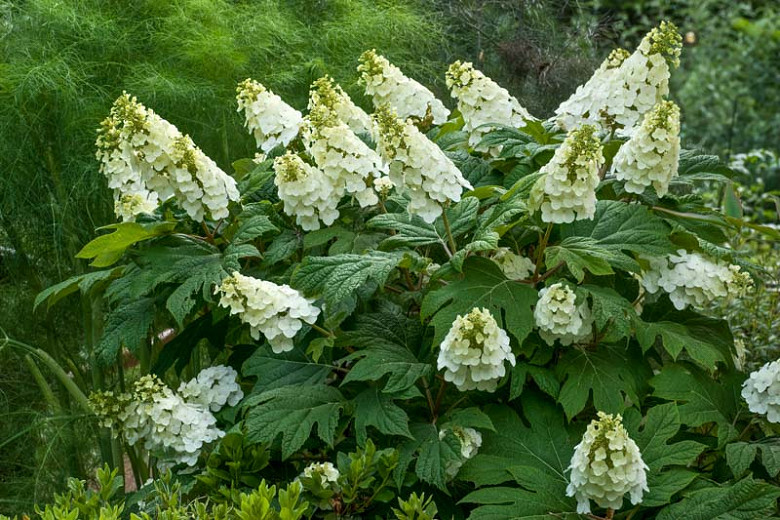
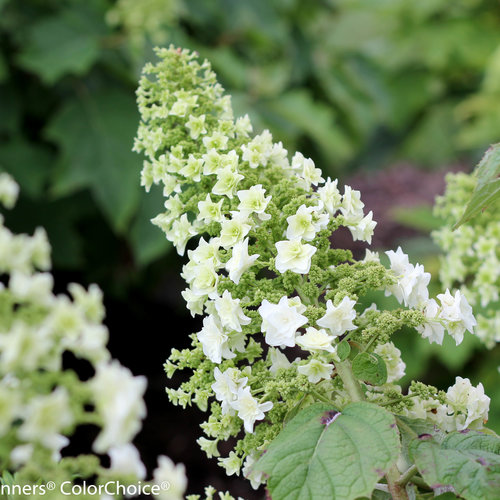
No matter what your growing conditions, there is a hydrangea that is perfect for you. With so many varieties to choose from, you are sure to find the perfect hydrangea to add beauty and color to your garden.
[MAIN CONTENT]
Here are some additional information about the best hydrangeas:
- Hydrangea paniculata: These hydrangeas are known for their large, cone-shaped blooms that can reach up to 12 inches in diameter. They are a good choice for full sun and can tolerate a wide range of soil conditions. Some popular panicle hydrangea varieties include 'Limelight', 'Grandiflora', and 'Tardiva'.
- Hydrangea macrophylla: These hydrangeas are known for their large, mophead blooms that can reach up to 10 inches in diameter. They prefer part shade and moist, well-drained soil. Some popular hydrangea macrophylla varieties include 'Endless Summer', 'Blushing Bride', and 'Nikko Blue'.
- Hydrangea quercifolia: These hydrangeas are known for their large, lacecap blooms that can reach up to 12 inches in diameter. They prefer shade and moist, well-drained soil. Some popular hydrangea quercifolia varieties include 'Oakleaf', 'Gatsby Star', and 'Snowflake'.
[CONCLUSION]
Hydrangeas are a beautiful and versatile addition to any garden. With so many varieties to choose from, you are sure to find the perfect hydrangea to add beauty and color to your space.
Here are some additional tips for growing hydrangeas:
- Plant hydrangeas in the spring or fall.
- Amend the soil with compost or manure before planting.
- Water hydrangeas regularly, especially during the first year after planting.
- Fertilize hydrangeas in the spring with a balanced fertilizer.
- Deadhead spent blooms to encourage new growth.
- Protect hydrangeas from harsh winds and cold weather.
With proper care, hydrangeas will thrive in your garden for many years to come.
Hydrangeas are beautiful and versatile flowers that can add a touch of elegance to any garden. But with so many different types of hydrangeas available, it can be tough to know which one is right for you. That's where comes in.
is the ultimate resource for all things hydrangea. From care tips to planting advice, they have everything you need to know about these amazing flowers. They also have a wide selection of hydrangeas for sale, so you're sure to find the perfect one for your garden.
In their article on the "best hydrangeas," recommends the following varieties:
- Hydrangea macrophylla: This is the most common type of hydrangea, and it's known for its large, showy blooms.
FAQ of best hydrangea
Here are the 5 most frequently asked questions about hydrangeas, along with valuable insights and solutions:
1. What is the best hydrangea for my climate?
The best hydrangea for your climate will depend on the hardiness zone you live in. Hydrangeas are hardy in zones 3-9, but some varieties are more cold-tolerant than others. If you live in a cold climate, you'll want to choose a variety that is hardy to at least zone 5. If you live in a warm climate, you can choose a variety that is hardy to zone 9.
2. How do I get my hydrangeas to bloom?
Hydrangeas need moist, well-drained soil and dappled shade to bloom well. They also need to be fertilized regularly. In the spring, apply a balanced fertilizer, such as 10-10-10, to the soil around your hydrangeas. In the fall, apply a fertilizer that is high in phosphorus, such as 0-10-10.
3. Why are my hydrangeas turning brown?
There are a few reasons why your hydrangeas might be turning brown. One possibility is that they are not getting enough water. Hydrangeas need to be watered regularly, especially during hot, dry weather. Another possibility is that your hydrangeas are getting too much sun. Hydrangeas do best in dappled shade, so if they are getting too much direct sunlight, they may start to turn brown.
4. How do I change the color of my hydrangeas?
The color of hydrangeas is affected by the acidity of the soil. In acidic soil, hydrangeas will bloom blue. In alkaline soil, they will bloom pink. To change the color of your hydrangeas, you can add sulfur to the soil to make it more acidic, or you can add lime to the soil to make it more alkaline.
5. How do I overwinter my hydrangeas?
If you live in a cold climate, you'll need to overwinter your hydrangeas. To do this, cut the stems back to about 6 inches in the fall. Then, mulch the soil around the plants with a thick layer of organic matter, such as leaves or straw. This will help to insulate the roots and keep them from freezing.
Image of best hydrangea
5 different images of "best hydrangea" from Pinterest:
- Bigleaf hydrangea (Hydrangea macrophylla) is a popular variety of hydrangea that is known for its large, showy blooms. The flowers can be blue, pink, or white, and they typically bloom in late summer.
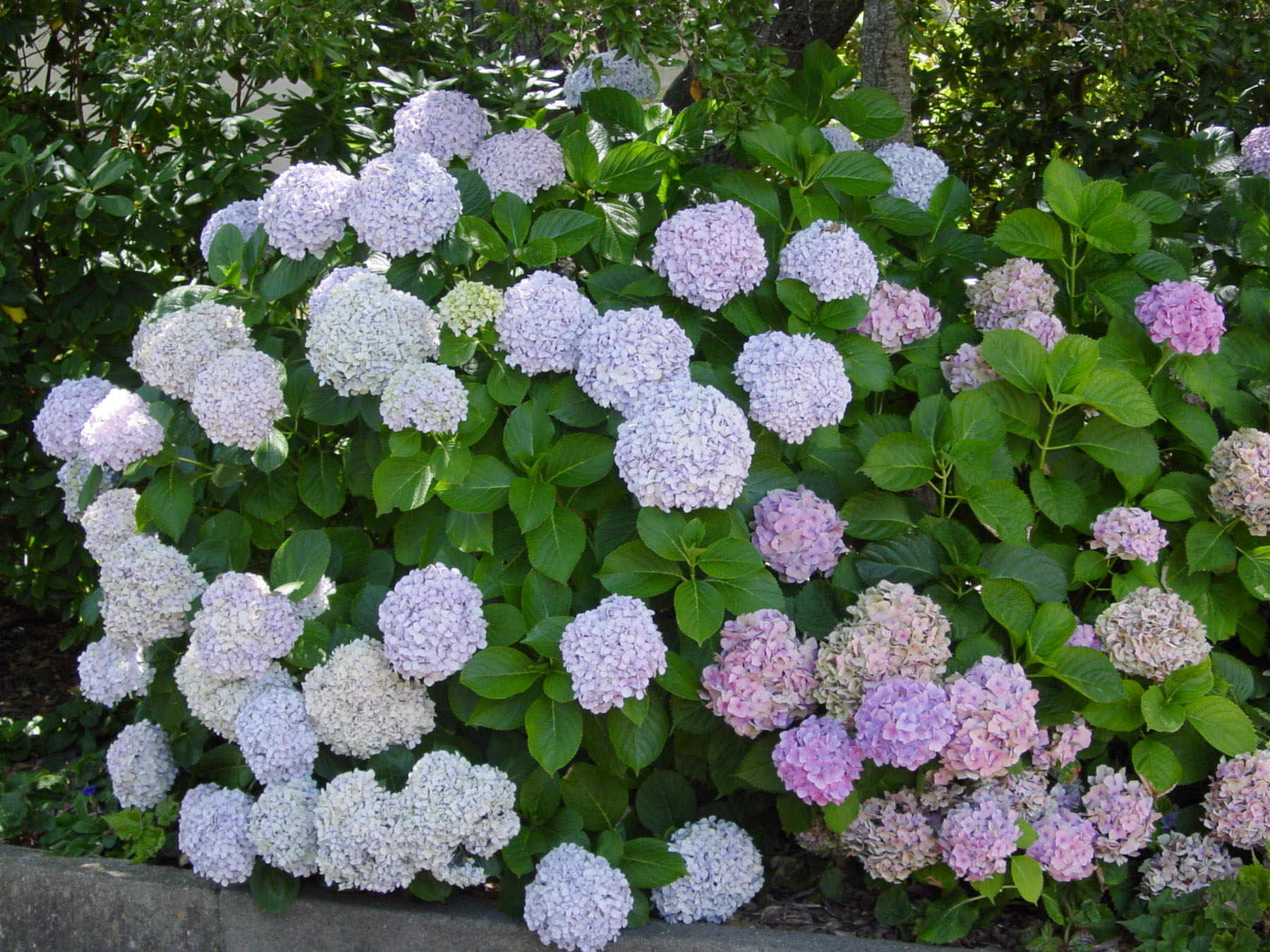
- Smooth hydrangea (Hydrangea arborescens) is another popular variety of hydrangea that is known for its white blooms. The flowers are smaller than those of bigleaf hydrangeas, but they are just as beautiful. Smooth hydrangeas are also more cold-tolerant than bigleaf hydrangeas.

- Panicle hydrangea (Hydrangea paniculata) is a variety of hydrangea that is known for its tall, cascading blooms. The flowers can be white, pink, or blue, and they typically bloom in late summer to early fall.
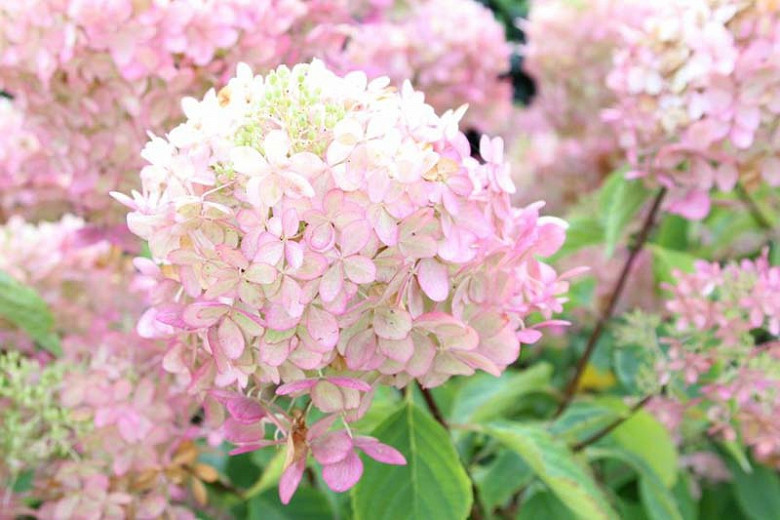
- Mophead hydrangea (Hydrangea macrophylla macrophylla) is a variety of bigleaf hydrangea that is known for its large, round blooms. The flowers are typically blue or pink, but they can also be white. Mophead hydrangeas are a popular choice for landscaping because of their size and showy blooms.

- Limelight hydrangea (Hydrangea paniculata limelight) is a variety of panicle hydrangea that is known for its bright lime green blooms. The flowers eventually fade to white, but they are still a beautiful sight to behold. Limelight hydrangeas are a relatively new variety, but they have quickly become popular due to their unique color.

Post a Comment for "The Best Hydrangeas Of :"